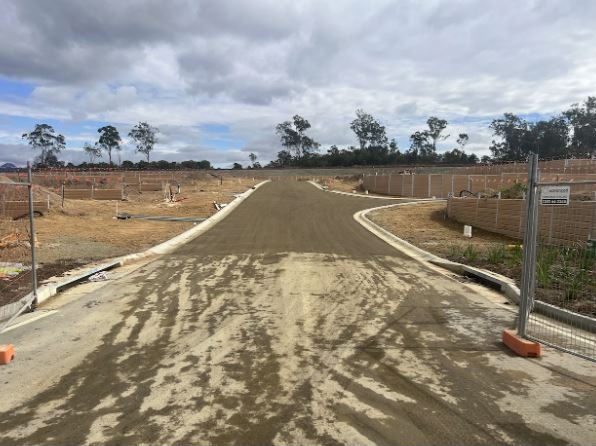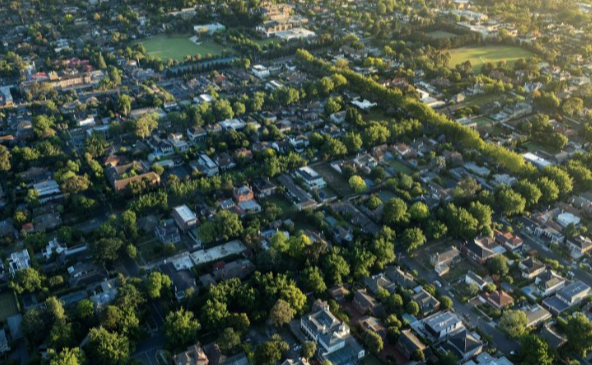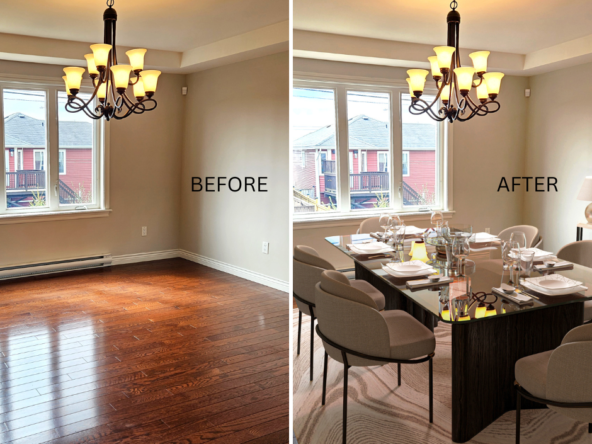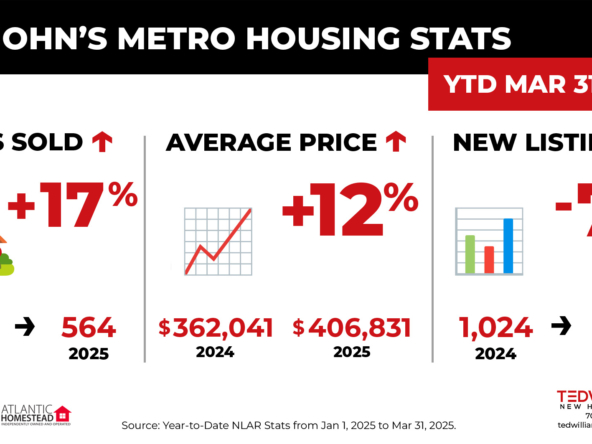Building your dream home starts with the land it’s built on—but not all lots are created equal. Choosing the wrong land can lead to expensive headaches, from drainage issues to zoning restrictions, and even a lack of access to essential utilities. The land you select isn’t just a piece of dirt—it’s the foundation of your home’s success.
Here’s the good news: With the right approach and expert guidance, you can avoid costly land selection mistakes and set the stage for a smooth build. Let’s dig into the potential pitfalls and how to sidestep them.
Common Land Selection Pitfalls (and How to Avoid Them)
1. Drainage Disasters
- The Problem: Poor drainage can lead to flooding, soil erosion, and foundation issues, all of which are expensive to fix after the fact.
- The Solution: Work with a professional to assess the land’s topography and drainage patterns. Look for signs of water pooling or erosion before purchasing.
2. Zoning and Restrictions
- The Problem: Every plot of land is governed by local zoning laws and restrictions that dictate what you can build. A lot zoned for agriculture, for example, may not allow residential construction.
- The Solution: Research zoning regulations and check with local authorities to ensure your intended use is allowed. Don’t assume—it’s a costly mistake.
3. Utility Access
- The Problem: Not all land is ready to connect to utilities like electricity, water, sewage, and internet. Bringing these to a remote lot can add tens of thousands of dollars to your budget.
- The Solution: Confirm the availability and proximity of utility hookups before buying. If utilities aren’t nearby, get a detailed cost estimate for extending them to the property.
4. Environmental Challenges
- The Problem: Wetlands, rocky soil, or protected wildlife habitats can restrict where and how you can build.
- The Solution: Hire an environmental consultant or surveyor to assess the property for any potential issues that could impact construction.
5. Lot Size and Shape
- The Problem: A lot may look great on paper but have an irregular shape or size that limits your building options.
- The Solution: Ensure the land can accommodate your desired home design, including setbacks, outdoor spaces, and future expansion plans.
6. Neighborhood and Future Development
- The Problem: The area around your lot can dramatically impact your home’s value and quality of life. Future developments might bring unwanted noise or traffic.
- The Solution: Research the area’s development plans, property values, and community features. Visit the neighborhood at different times of day to get a true sense of the surroundings.
Why Professional Guidance Matters
Navigating the complexities of land selection can be overwhelming, especially for first-time homebuilders. That’s why working with experienced professionals—like real estate agents, surveyors, and environmental consultants—is essential. They can uncover hidden issues and provide insights that might not be obvious to the untrained eye.
Here’s what the right team can do for you:
- Conduct soil tests and topographical surveys.
- Review zoning and building restrictions.
- Assess environmental risks.
- Provide accurate cost estimates for utilities and site preparation.
Investing in professional advice upfront can save you thousands—and countless headaches—later.
The Bottom Line
Choosing the right land is just as important as designing the perfect home. The wrong lot can derail your dream before it even begins, but with careful research and professional help, you can avoid the most common pitfalls.
Ready to find the perfect lot in St. John’s, Newfoundland? With over 200 homes built since 2015, I know what to look for—and what to avoid—when selecting land. Let’s work together to ensure your dream home starts on solid ground.
Start smart, build better, and enjoy your dream home with peace of mind.




